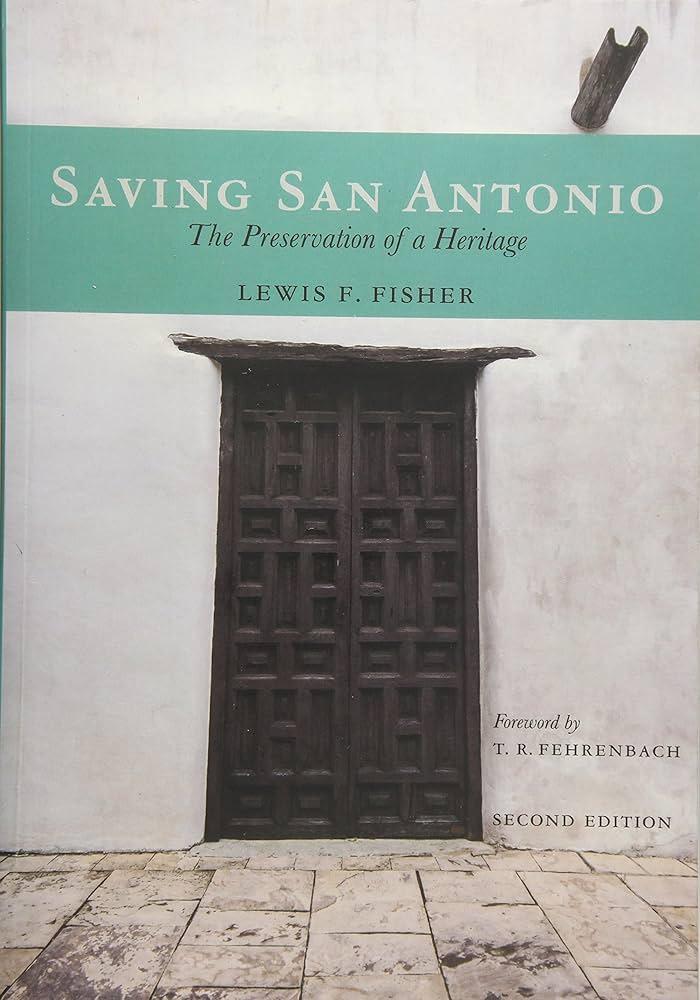San AntonioŌĆÖs Urban Growth: Navigating Preservation Amidst Expansion
Balancing Rapid Development with Cultural Heritage Preservation
San Antonio is experiencing a significant transformation as its urban landscape expands swiftly, presenting a complex challenge: fostering economic growth while safeguarding the cityŌĆÖs deep-rooted cultural and historical identity. This Texas city, known for its vibrant heritage, is at a pivotal moment where city officials, residents, and preservation advocates must collaborate to ensure that modernization does not come at the cost of erasing its unique historical fabric. This article delves into the multifaceted efforts underway to achieve sustainable development without compromising San AntonioŌĆÖs treasured landmarks and traditions.
Urban Expansion and Its Impact on Historic Districts
The cityŌĆÖs skyline and residential areas are evolving rapidly, prompting urgent conversations among urban planners, community members, and preservationists. Neighborhoods with rich historical significance, such as King William, Tobin Hill, and Monte Vista, are increasingly vulnerable to the pressures of new construction and suburban sprawl. These developments threaten to alter the architectural heritage and cultural atmosphere that have long defined these areas.
To address these challenges, San Antonio has implemented a range of measures, including enhanced zoning regulations and grassroots preservation programs designed to protect historic sites while accommodating economic growth. However, several obstacles persist:
- Escalating property values encouraging demolition rather than restoration
- Insufficient funding allocated for upkeep of historic landmarks
- Rising demand for mixed-use developments blending residential and commercial spaces
- Integrating modern infrastructure without disrupting historic aesthetics
| Neighborhood | Historic Sites Vulnerable | Proposed New Developments |
|---|---|---|
| King William | 25 | 12 |
| Tobin Hill | 18 | 9 |
| Monte Vista | 20 | 15 |
The diversity of stakeholdersŌĆöfrom long-term residents and preservation advocates to developers eager to leverage San AntonioŌĆÖs booming economyŌĆöadds complexity to these efforts. Experts emphasize adaptive reuse of historic buildings and the adoption of environmentally friendly restoration methods as key strategies to maintain the cityŌĆÖs distinctive character amid growth.
Historic Neighborhoods Under Pressure from Modern Development
San AntonioŌĆÖs historic communities are increasingly caught between the desire to preserve their unique cultural landscapes and the push for new urban projects. Iconic neighborhoods, celebrated for their architectural charm and historical significance, face encroachment from upscale condominiums and commercial ventures. This dynamic raises concerns among residents and historians that the cityŌĆÖs identity could be diluted as modern structures replace or overshadow century-old homes.
City planners are responding with policies aimed at protecting heritage while promoting responsible development. These include:
- Creation of historic district commissions tasked with overseeing changes in sensitive areas
- Design standards ensuring new buildings harmonize with existing architectural styles
- Tax incentives encouraging restoration over demolition
Despite these initiatives, debates continue as some developers argue that such regulations may hinder economic progress. Below is a snapshot of recent proposals alongside preservation efforts:
| Development Proposal | Neighborhood Affected | Current Status |
|---|---|---|
| Mixed-use high-rise | Historic Market District | Under Review |
| Community restoration grant | King William | Approved |
| New commercial plaza | Southtown | Pending Approval |
Proposed Zoning Reforms to Safeguard Heritage Areas
To protect San AntonioŌĆÖs historic neighborhoods from unchecked development, city officials have proposed stricter zoning laws targeting designated heritage zones. These reforms aim to preserve the architectural integrity and cultural significance of these areas, which are vital to the cityŌĆÖs identity and appeal to tourists.
Key elements of the proposed zoning changes include:
- Height limitations: Restricting building heights to maintain visual consistency with historic structures
- Material regulations: Requiring the use of traditional or approved materials in new construction
- Demolition oversight: Instituting mandatory review processes and permits before historic buildings can be altered or demolished
| Zone | Existing Regulation | Proposed Amendment |
|---|---|---|
| Downtown Historic District | 30 ft. height limit | 25 ft. height limit |
| Mission Reach Area | No material restrictions | Approved historical materials only |
| King William Neighborhood | Demolition permits granted on demand | Demolition review board approval required |
Community Advocacy for Inclusive and Sustainable Urban Planning
Grassroots organizations in San Antonio are actively encouraging city leaders to adopt a more inclusive and sustainable approach to urban development. These groups stress that growth should respect the cityŌĆÖs cultural heritage and diverse communities, fostering a balanced integration of modernization and preservation.
They advocate for a participatory planning process that includes public forums and collaborative workshops, allowing residents to have a direct voice in shaping development policies. Their priorities include:
- Protecting historic districts and landmarks
- Investing in green infrastructure and expanding public transportation options
- Ensuring affordable housing remains accessible within established neighborhoods
- Supporting local businesses that embody San AntonioŌĆÖs cultural identity
| Community Issue | Suggested Solution | Anticipated Outcome |
|---|---|---|
| Urban sprawl | Mixed-use zoning policies | Shorter commute times and reduced traffic congestion |
| Degradation of historic sites | Enhanced preservation ordinances | Protection of cultural heritage assets |
| Affordable housing scarcity | Inclusionary housing mandates | Improved housing equity and accessibility |
Conclusion: Charting a Sustainable Path Forward for San Antonio
As San Antonio continues its rapid growth trajectory, the city faces the ongoing challenge of harmonizing development with the preservation of its rich cultural legacy. Achieving this balance will demand strategic planning, active community participation, and a steadfast commitment to honoring the cityŌĆÖs distinctive identity. The decisions made in the coming years will be crucial in shaping a future where San Antonio thrives economically while cherishing the historic landmarks and traditions that make it truly unique.




